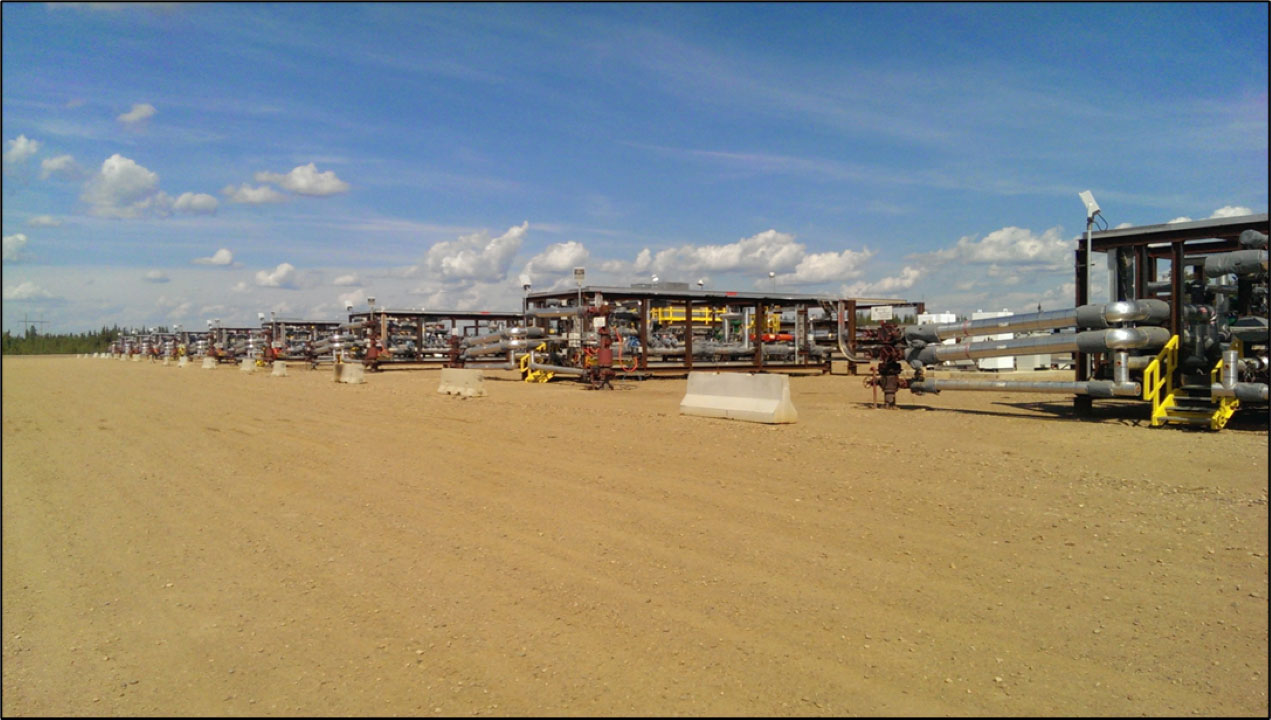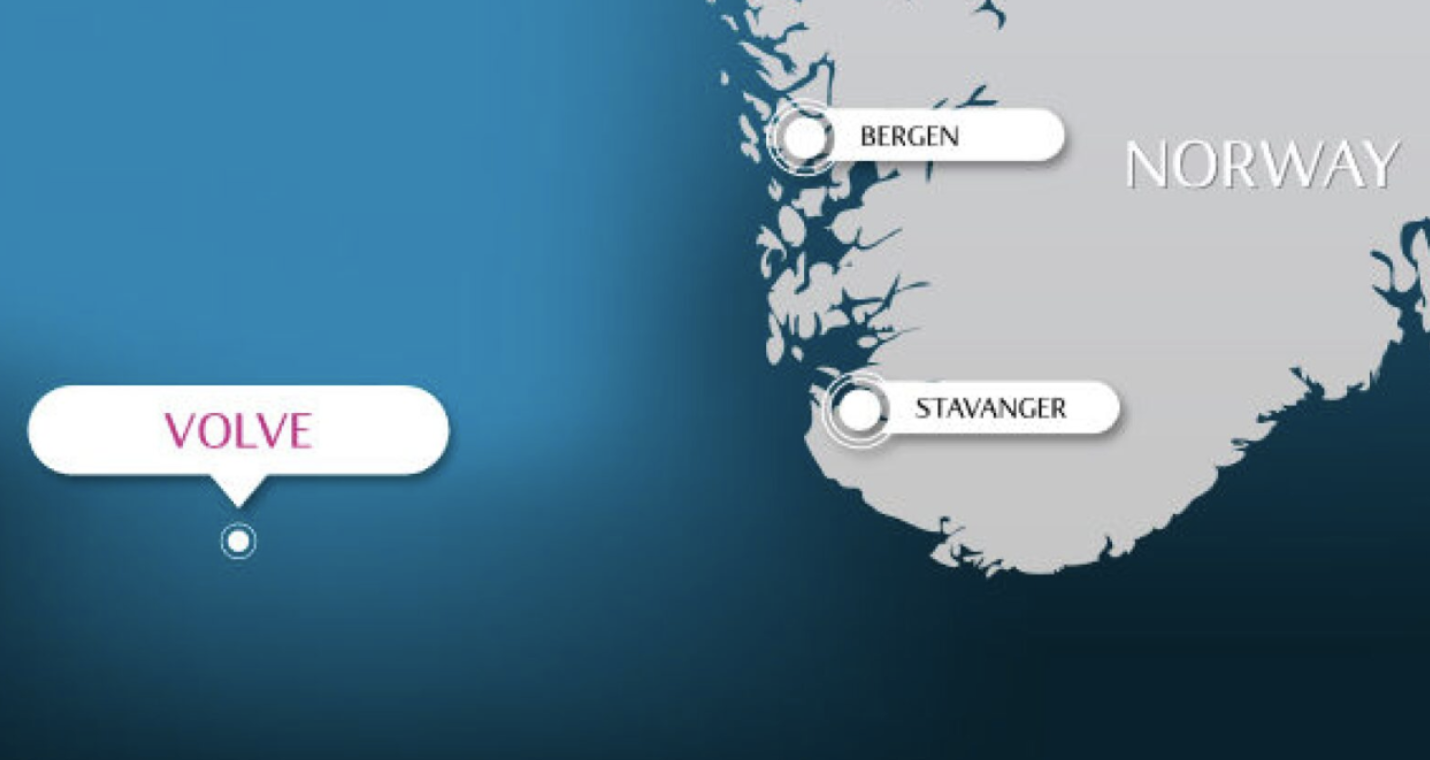
A look at PVT from the Volve dataset
Welcome again to another Madala Wellbore Wednesdays. After five articles on extended-reach SAGD wells, we thought we’d look at something entirely different using our PVT engine. Back in 2018, Equinor released their whole dataset for the #Volve field in the North Sea. The data set is here:
https://www.equinor.com/energy/volve-data-sharing
This is probably the most comprehensive data set released so far in the industry. In the last few years, a variety of people and organizations have made their own analyses and simulations based on the data. Madala doesn’t just do thermal heavy oil, we also do conventional and unconventional production, so we thought we’d start building our library of demonstration systems with some conventional offshore data.
There’s a good overview of the Black-Oil properties of the Volve PVT data here:
We took the most recent lab analysis from the report: “PVT Analysis of MDT oil samples, May 2008, Well 15/9-F-4” and built the lab assay in our PVT engine. We’re going to build well models based on this assay in the near future. The PVT report has a complete suite of separation, expansion and viscosity analyses. Our first basic analysis is to synthesize the plus fraction based on the lab data, input the corrected reservoir composition and try to duplicate the single-stage separation test at stock-tank conditions.
The plus fraction is provided in Table 4.3.7 of the report:
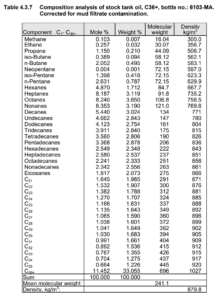
We synthesized each component from hexanes to C36 based on the MW and standard density. Then we took the recombined assay from the report and simulated a single-stage separation:
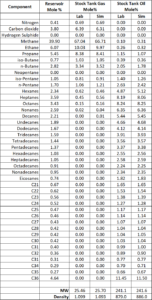
We haven’t done any tuning or deep analysis, this was plus component synthesis, set a composition and flash to stock-tank conditions. The values are pretty close, although the oil density is a bit high. For a first pass this is decent. Our bubble-point pressure is out, the lab measured 107 C and 213 bar and we calculated 239 bar, so there’s some tuning required. We also ran a phase envelope:
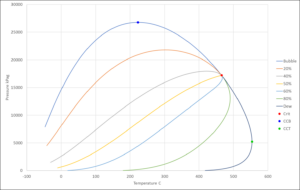
Next time we’ll start simulation the well performance, based on the as-drilled completion data and this assay, plus water cuts.
In the meantime, if you’d like to learn more about our PVT capabilities, please reach out to Stan Cena, Raj Bal or Damien Hocking for more information. We ran this synthesis on a small, 5 watt ARM #IoTmachine, which could be deployed almost anywhere.


